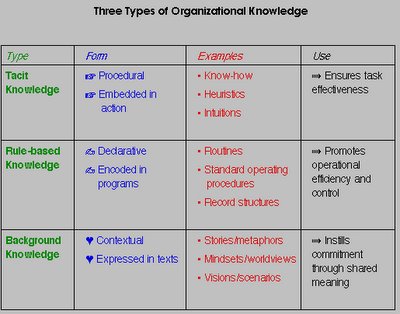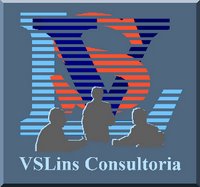Hábito
Habit as Organizer
In much of the literature on the subject, habit is described as serving the purpose of organizing and automatizing routine cognitive functions to free the mind of having to process every action or thought a person carries out.
William James pointed out, “Ninety-nine hundredths, or, possibly, nine hundred and ninety-nine thousandths of our activity is purely automatic and habitual, from our rising in the morning to our lying down each night.”[2]
Habits enable us to perform routine functions such as dressing, walking, speaking, and driving a car, without having to bend our entire cognitive will to the carrying out of the task. Without habit formation, we would have to think out and process each step of everything we do as if it were a spontaneous or novel occasion.[3]
John Dewey refers to habits as “conditions of intellectual efficiency.”[4] Habits are mental energy savers that lower certain mental tasks to less tangible levels of our consciousness.[5] They can be thought of as automatic mental processes that involve “one-third less effort than regular thinking.”[6] Psychologist John A. Bargh has used the term ‘mental butlers’ to describe the unconscious mental influences that orchestrate and organize our routine behaviors.[7]
Habit is seen as not merely freeing up our conscious mind from the burden of managing mundane activity, but as helping the mind to define the world with which it interacts. Habits are a way to structure one’s world, linking one to one’s surroundings. They are “cultural patterns on an immediate, bodily level.”[8]
For Dewey, habits act as “blinders,” keeping the mind’s eye on the road, preventing it from getting lost in the enormous, confusing potentiality of all it could explore.[9] Habits, which are both physical and mental behaviors, help us maintain order in and make sense of our world.
Habits are the organization and implementation of mental and physical behaviors that takes place on an unconscious level. This has the effect of relieving the conscious mind of considerable cognitive burden. At the same time, it lends structure to our world, influencing what we pay attention to, and shaping our disposition to act in a certain way.[10]
Extraído de Ethan Mckee, May, 2002
Can Understanding Links Between Tacit Knowledge and Habit Lead to Knowing How They Both are Formed?
Leia mais!





